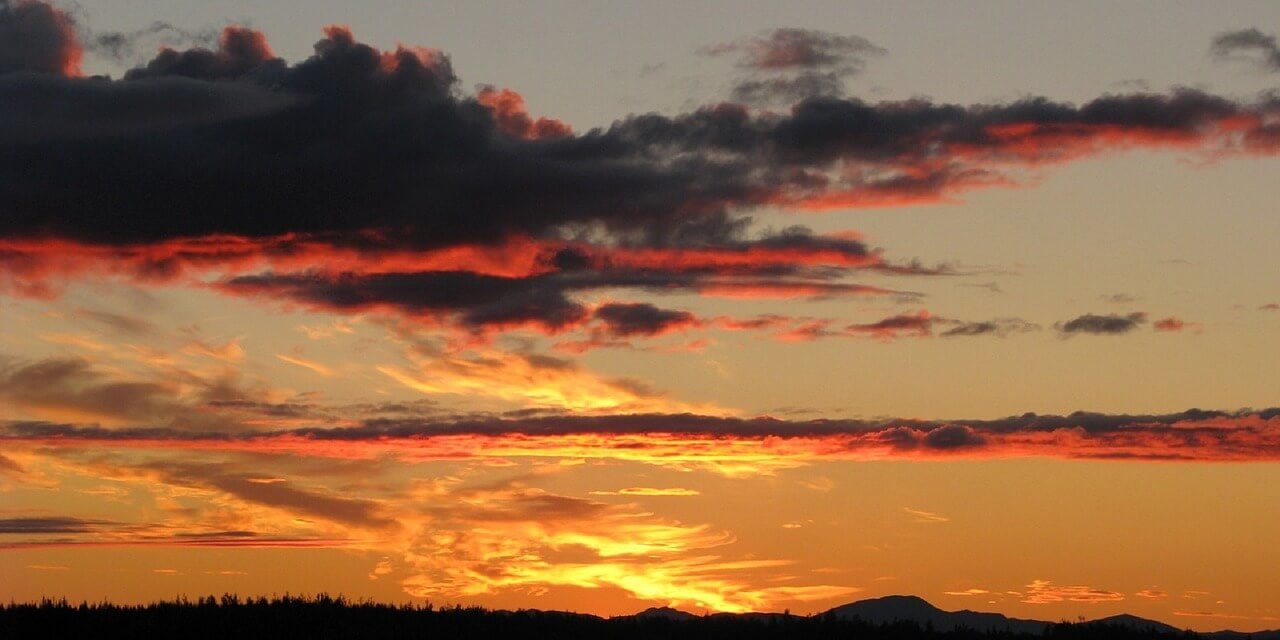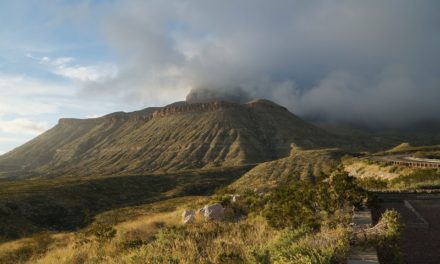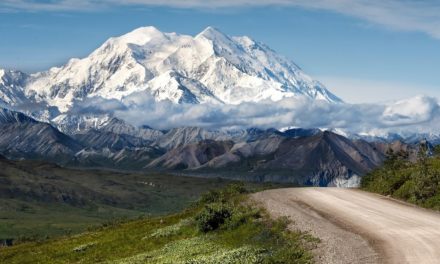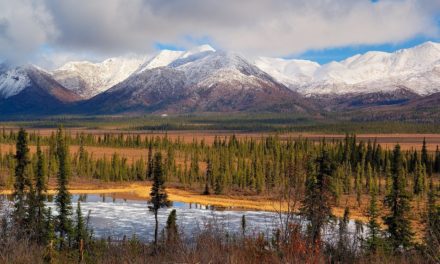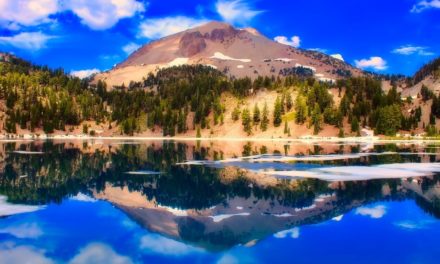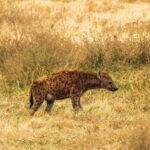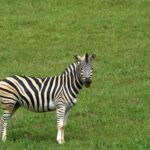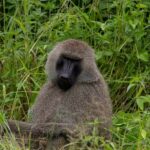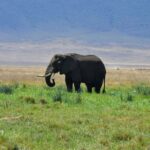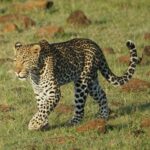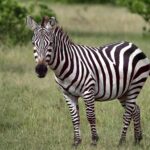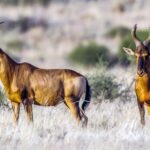Table of Contents
Overview / About
Kobuk Valley National Park, located in northwestern Alaska above the Arctic Circle, is one of America’s most remote and least visited national parks. Spanning 1.75 million acres, it protects a vast wilderness of sand dunes, boreal forests, and river valleys surrounded by the rugged Baird and Waring Mountains.
Established in 1980, the park is best known for the Great Kobuk Sand Dunes, massive Arctic dunes sculpted by wind and ice, and the seasonal migration of hundreds of thousands of caribou that cross the Kobuk River each year. With no roads, trails, or visitor centers inside the park, Kobuk Valley offers a rare chance to experience pure wilderness and solitude.
Wildlife & Nature
Kobuk Valley’s landscape is shaped by extremes — long, freezing winters and brief, lush summers.
Wildlife:
- Caribou: The Western Arctic Caribou Herd, one of the largest in North America, migrates through the park each spring and fall.
- Predators: Grizzly bears, wolves, lynxes, and foxes roam the tundra and forest.
- Smaller mammals: Beavers, wolverines, and porcupines inhabit the river valleys.
- Birdlife: Summer brings migratory birds such as tundra swans, sandhill cranes, loons, and golden eagles.
Landscapes:
- The Great Kobuk Sand Dunes, rising up to 100 feet, form a surreal Arctic desert.
- The Kobuk River meanders through spruce forests and tundra, rich with salmon and grayling.
- Surrounding mountains create a dramatic backdrop for this vast Arctic wilderness.
Experiences & Activities
Kobuk Valley National Park offers raw, untamed adventure for experienced wilderness travelers.
- Flightseeing: The most popular way to explore the park — bush planes from Kotzebue or Bettles offer breathtaking aerial views of the dunes and river.
- Camping: Primitive camping is allowed anywhere in the park — you’ll likely have the entire landscape to yourself.
- Backpacking & Hiking: Trek across tundra ridges, along the Kobuk River, or explore the Great Kobuk Sand Dunes on foot.
- Canoeing/Kayaking: Float down the Kobuk River, a lifeline for wildlife and local communities.
- Wildlife Viewing: Spot caribou migrations, bears, and birdlife during the short Arctic summer.
- Photography: Capture endless daylight and vibrant tundra colors during midsummer.
Best Time to Visit
Kobuk Valley experiences extreme weather, so timing your visit is crucial.
- Best Season: Mid-June to early September, mild weather, long daylight hours, and easier river travel.
- Caribou Migration: Usually occurs in May – June (northward) and August – September (southward).
- Winter: From October to April, the park is frigid, with temperatures dropping below -40°F and virtually no accessibility.
How to Reach & Park Entry
There are no roads or trails leading into Kobuk Valley National Park. All access is by air.
- Nearest Hub: Kotzebue, Alaska — about 550 miles northwest of Anchorage.
- By Air: Chartered bush planes from Kotzebue or Bettles can land on gravel bars or sand near the Kobuk River and dunes.
- Permits: No entrance fees or permits required for day visits, but backcountry travelers should register with the National Park Service in Kotzebue for safety.
Where to Stay / Camping Options
There are no developed facilities, lodges, or campgrounds within Kobuk Valley National Park.
- Camping: Allowed anywhere, but visitors must practice Leave No Trace ethics.
- Lodging: Available in Kotzebue, which serves as the main base for flights and outfitters.
- Backcountry Preparation: Bring all supplies, bear-proof food containers, and satellite communication gear, there are no services inside the park.
Travel Tips / Safety Notes
- Be fully self-sufficient, the park has no roads, rangers, or cell coverage.
- Pack gear suitable for cold, wet, and windy Arctic conditions.
- Carry bear spray and store food properly to avoid wildlife encounters.
- Use GPS or satellite devices, navigation can be challenging in vast tundra landscapes.
- Always inform someone of your travel plan and expected return date.
- Bug season (June–July) can be intense, bring head nets and insect repellent.
Packing List
- Warm, layered clothing for Arctic weather
- Waterproof boots and rain gear
- Insect repellent and head net
- Sleeping bag rated for subzero temperatures
- Portable stove and food supplies
- GPS/satellite communicator
- Bear-proof food canisters
- First aid kit and water purification system
- Map and compass
Visitor Statistics
Kobuk Valley National Park receives around 10,000 visitors annually, making it one of the least visited national parks in the United States, despite its immense size. Most visitors arrive by small aircraft for short tours or scientific expeditions.
Conservation & Responsible Tourism
Kobuk Valley is a pristine Arctic wilderness with minimal human impact. The National Park Service works closely with Indigenous Iñupiat communities, who have lived in the region for thousands of years and continue to hunt and fish sustainably.
Visitors can support this fragile ecosystem by minimizing waste, avoiding wildlife disturbance, and respecting traditional lands and practices. Each traveler who visits responsibly helps preserve one of the last true frontiers of wild America.

